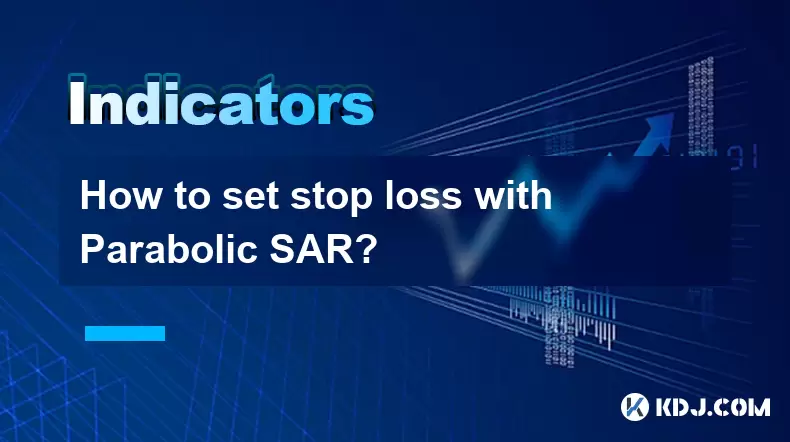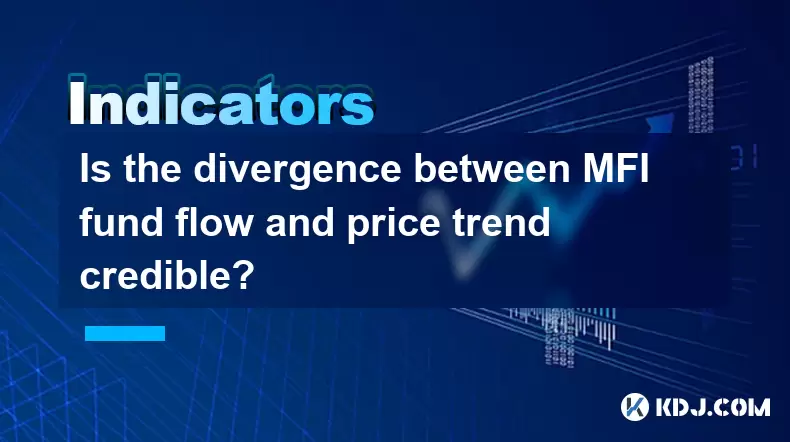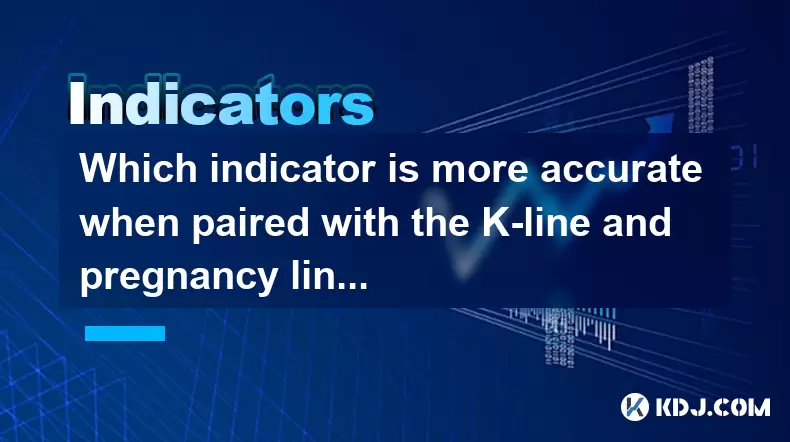-
 Bitcoin
Bitcoin $119300
1.07% -
 Ethereum
Ethereum $3730
3.87% -
 XRP
XRP $3.235
0.29% -
 Tether USDt
Tether USDt $1.000
0.00% -
 BNB
BNB $783.5
1.88% -
 Solana
Solana $188.7
0.25% -
 USDC
USDC $0.0000
-0.01% -
 Dogecoin
Dogecoin $0.2399
-0.44% -
 TRON
TRON $0.3157
2.37% -
 Cardano
Cardano $0.8254
1.94% -
 Hyperliquid
Hyperliquid $42.83
0.14% -
 Stellar
Stellar $0.4372
3.21% -
 Sui
Sui $3.859
4.91% -
 Chainlink
Chainlink $18.53
3.53% -
 Hedera
Hedera $0.2464
0.01% -
 Bitcoin Cash
Bitcoin Cash $519.8
2.46% -
 Avalanche
Avalanche $24.24
2.17% -
 Litecoin
Litecoin $113.7
0.73% -
 UNUS SED LEO
UNUS SED LEO $8.990
0.30% -
 Shiba Inu
Shiba Inu $0.00001390
0.21% -
 Toncoin
Toncoin $3.188
1.49% -
 Ethena USDe
Ethena USDe $1.001
0.02% -
 Polkadot
Polkadot $4.090
-0.91% -
 Uniswap
Uniswap $10.40
4.08% -
 Monero
Monero $326.6
3.12% -
 Bitget Token
Bitget Token $4.627
-0.42% -
 Pepe
Pepe $0.00001281
0.76% -
 Dai
Dai $1.000
0.01% -
 Aave
Aave $291.6
0.98% -
 Cronos
Cronos $0.1269
7.26%
How to set stop loss with Parabolic SAR?
The Parabolic SAR helps crypto traders set dynamic stop losses by adapting to price trends, allowing for automated exits and better risk management in volatile markets.
Jul 13, 2025 at 05:35 am

Understanding Stop Loss in Cryptocurrency Trading
In cryptocurrency trading, stop loss is a critical risk management tool that helps traders limit potential losses on a trade. By setting a stop loss, traders define the maximum amount they are willing to lose before exiting a position automatically. This is particularly important in the volatile crypto market, where prices can swing dramatically within minutes. Stop loss orders prevent emotional decision-making and ensure disciplined trading strategies.
While many types of stop loss mechanisms exist — including fixed price stops and trailing stops — technical indicators like the Parabolic SAR (Stop and Reverse) offer dynamic, adaptive stop loss levels based on price action. Unlike static stop losses, Parabolic SAR adjusts itself as the trend progresses, allowing traders to ride trends longer while still managing downside risk effectively.
What Is the Parabolic SAR Indicator?
The Parabolic SAR (Stop and Reverse) is a technical analysis indicator developed by J. Welles Wilder. It is primarily used to identify potential reversals in price direction and serves as a guide for placing stop loss orders. In trending markets, especially in cryptocurrencies with strong directional movement, Parabolic SAR plots dots above or below the price chart to indicate possible reversal points.
When the dots appear below the price, it signals an uptrend, and when they appear above, it indicates a downtrend. Traders often use these reversal points to exit their positions or reverse their trades. Because of its ability to adapt dynamically to price movements, Parabolic SAR is widely used in conjunction with other tools to set intelligent and responsive stop loss levels.
How Parabolic SAR Helps in Setting Stop Loss
Using Parabolic SAR to set a stop loss means adjusting your exit point dynamically rather than sticking to a fixed level. For instance, during a bullish trend in Bitcoin or Ethereum, the SAR dots move upward beneath the price. As long as the price stays above these dots, the trader remains in the trade. The moment the price touches or crosses the SAR level, it may signal a trend reversal, prompting the trader to exit.
This method allows traders to protect profits while staying in a favorable trend. Instead of manually adjusting stop loss levels, Parabolic SAR automates this process based on the strength of the trend. However, it's essential to note that in choppy or sideways markets, Parabolic SAR can generate false signals, which is why it should be used alongside other confirmation tools like moving averages or volume indicators.
Step-by-Step Guide to Set Stop Loss Using Parabolic SAR
To implement Parabolic SAR for stop loss purposes in your cryptocurrency trading strategy, follow these steps:
- Add the Parabolic SAR indicator to your chart: On platforms like Binance, TradingView, or KuCoin, navigate to the indicators section and search for "Parabolic SAR." Apply it to your chart.
- Observe the placement of SAR dots: If you're in a long position, monitor the SAR dots below the price. For short positions, watch the dots forming above the price.
- Determine entry point: Wait for a confirmed trend before entering. A rising SAR under the price confirms an uptrend; falling SAR above confirms a downtrend.
- Set your initial stop loss: Place your stop just below the most recent SAR dot if going long, or just above if going short.
- Adjust stop loss dynamically: As the trend continues, update your stop loss to trail the latest SAR dot. For example, if the SAR moves up, adjust your stop loss accordingly to lock in gains.
- Exit the trade: When the price touches or crosses the SAR level, consider closing your position or reversing it depending on your strategy.
It’s crucial to test this approach using historical data or paper trading before applying it to live trades. Many crypto traders combine Parabolic SAR with time-based filters or volatility adjustments to avoid premature exits during temporary pullbacks.
Best Practices and Common Pitfalls
While Parabolic SAR is a powerful tool for setting stop loss levels, it comes with certain limitations. One common mistake is relying solely on it without considering market context. During consolidation phases or low-volume periods, Parabolic SAR tends to whipsaw traders in and out of positions due to frequent reversals.
Another best practice is to fine-tune the acceleration factor in the Parabolic SAR settings. Most platforms default to 0.02 acceleration with a maximum of 0.2. Increasing the acceleration makes the SAR more sensitive to price changes, potentially leading to earlier exits. Lowering it makes the SAR less reactive, which can help filter out noise.
Also, aligning Parabolic SAR with higher time frame trends can improve performance. For example, using it on a 1-hour chart while confirming the trend on a 4-hour chart can provide better stop loss placements. Lastly, always backtest your strategy across multiple crypto assets and market conditions to understand how Parabolic SAR behaves under different scenarios.
Frequently Asked Questions
Can I use Parabolic SAR for both long and short trades in crypto?
Yes, Parabolic SAR works for both directions. When the SAR appears below the price, it signals a long opportunity, and when above, it suggests a shorting opportunity. You can place stop loss orders accordingly for each trade type.
Is Parabolic SAR reliable during high volatility in crypto markets?
During extreme volatility, Parabolic SAR can give rapid reversal signals, which may result in early exits. It's advisable to pair it with volatility filters like Bollinger Bands or Average True Range (ATR) to enhance reliability.
Does Parabolic SAR work well with all cryptocurrencies?
Parabolic SAR performs best in trending markets. While major coins like Bitcoin and Ethereum often exhibit strong trends, smaller altcoins with erratic price behavior may not suit this indicator as effectively. Always analyze the specific coin’s price structure before relying on Parabolic SAR.
How do I adjust the sensitivity of Parabolic SAR for better stop loss accuracy?
You can modify the acceleration factor in the Parabolic SAR settings. A lower acceleration value makes the SAR less sensitive, reducing false signals. Conversely, increasing it makes the SAR more reactive, useful in fast-moving markets but potentially noisier.
Disclaimer:info@kdj.com
The information provided is not trading advice. kdj.com does not assume any responsibility for any investments made based on the information provided in this article. Cryptocurrencies are highly volatile and it is highly recommended that you invest with caution after thorough research!
If you believe that the content used on this website infringes your copyright, please contact us immediately (info@kdj.com) and we will delete it promptly.
- Bitcoin, Jim Cramer, and the US Deficit: A Wall Street Story
- 2025-07-25 10:30:11
- TGEs, Scalability & Privacy Tech: Decoding the Future of Blockchain
- 2025-07-25 10:30:11
- Ben Askren, FUNKY Memecoin, and the Fallout: A New York Minute
- 2025-07-25 10:50:11
- TRON, Crypto Payroll, and Stablecoins: A New York Minute on the Future of Finance
- 2025-07-25 08:30:11
- WazirX, Revote, and Crypto Unlock: A New York Minute on the Latest Developments
- 2025-07-25 06:50:11
- Hong Kong Stablecoin Regulation: Navigating the Hype and Hurdles
- 2025-07-25 08:30:11
Related knowledge

Is the divergence between MFI fund flow and price trend credible?
Jul 25,2025 at 12:01pm
Understanding MFI and Fund Flow in Cryptocurrency MarketsThe Money Flow Index (MFI) is a technical oscillator that combines price and volume to assess...

Should I go all in when DIF crosses DEA?
Jul 25,2025 at 12:42am
Understanding DIF and DEA in MACD AnalysisWhen traders analyze DIF and DEA in the context of the Moving Average Convergence Divergence (MACD) indicato...

Should I go all in when the upper edge of the box is broken?
Jul 25,2025 at 01:50am
Understanding the 'Box' in Cryptocurrency Price ChartsThe term 'box' in cryptocurrency trading typically refers to a price consolidation range where t...

Should I go all in when the parabolic turning signal appears?
Jul 25,2025 at 06:36am
Understanding the Parabolic Turning Signal in Crypto TradingThe parabolic turning signal is a technical indicator derived from the Parabolic SAR (Stop...

Should I follow up with a full position when the trading volume suddenly increases?
Jul 25,2025 at 12:28am
Understanding Sudden Increases in Trading VolumeA sudden spike in trading volume often signals heightened market activity and can indicate that new in...

Which indicator is more accurate when paired with the K-line and pregnancy line combination?
Jul 25,2025 at 05:43am
Understanding the K-Line and Pregnancy Line CombinationThe K-line, also known as the Japanese candlestick chart, is a foundational tool in technical a...

Is the divergence between MFI fund flow and price trend credible?
Jul 25,2025 at 12:01pm
Understanding MFI and Fund Flow in Cryptocurrency MarketsThe Money Flow Index (MFI) is a technical oscillator that combines price and volume to assess...

Should I go all in when DIF crosses DEA?
Jul 25,2025 at 12:42am
Understanding DIF and DEA in MACD AnalysisWhen traders analyze DIF and DEA in the context of the Moving Average Convergence Divergence (MACD) indicato...

Should I go all in when the upper edge of the box is broken?
Jul 25,2025 at 01:50am
Understanding the 'Box' in Cryptocurrency Price ChartsThe term 'box' in cryptocurrency trading typically refers to a price consolidation range where t...

Should I go all in when the parabolic turning signal appears?
Jul 25,2025 at 06:36am
Understanding the Parabolic Turning Signal in Crypto TradingThe parabolic turning signal is a technical indicator derived from the Parabolic SAR (Stop...

Should I follow up with a full position when the trading volume suddenly increases?
Jul 25,2025 at 12:28am
Understanding Sudden Increases in Trading VolumeA sudden spike in trading volume often signals heightened market activity and can indicate that new in...

Which indicator is more accurate when paired with the K-line and pregnancy line combination?
Jul 25,2025 at 05:43am
Understanding the K-Line and Pregnancy Line CombinationThe K-line, also known as the Japanese candlestick chart, is a foundational tool in technical a...
See all articles

























































































